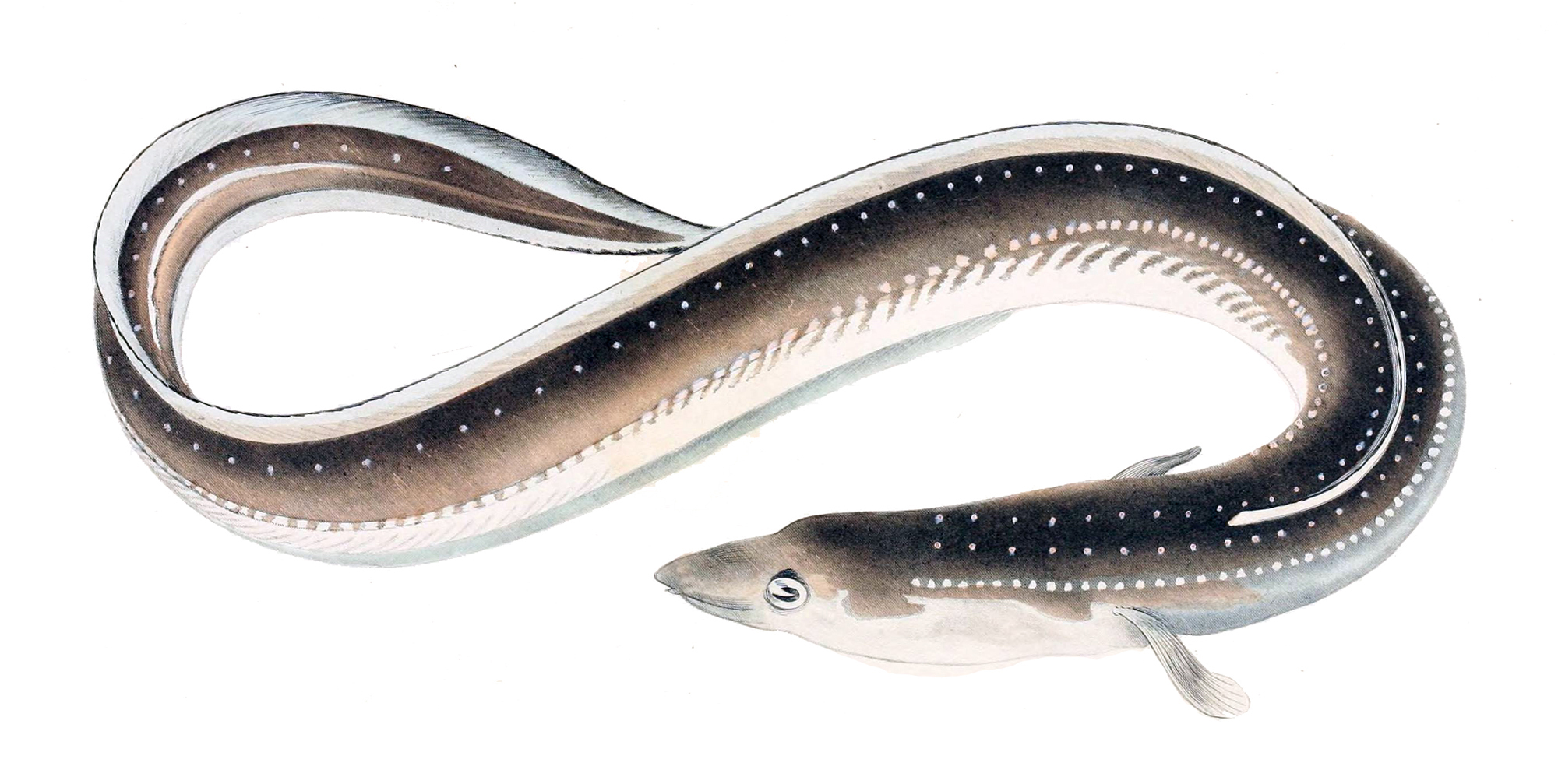Last week I was crossing the River Thames on the way to work in London, and I happened to see a cormorant emerge from the water with a thrashing eel in its mouth. The bird juggled the fish, skillfully managing to position it so it could swallow the wriggling animal headfirst.
While it was a disaster from the eel's point of view — after all, they can live for up to 20 years before breeding — it was for me quite an encouraging sight. The number of European eels has crashed in recent years, so to see one in the Thames is a good sign. Even if it was being eaten.
Eels — whether European or Japanese — are elusive, mysterious creatures. We have eaten them for millenniums, but we still don't understand the basic details of their reproductive behavior. They spend most of their lives in freshwater rivers, but then migrate in vast numbers, with Japanese eels swimming thousands of kilometers to spawn at an unknown location near Guam and the Mariana Islands. European eels have a similarly mysterious spawning ground somewhere in the Sargasso Sea.

















With your current subscription plan you can comment on stories. However, before writing your first comment, please create a display name in the Profile section of your subscriber account page.